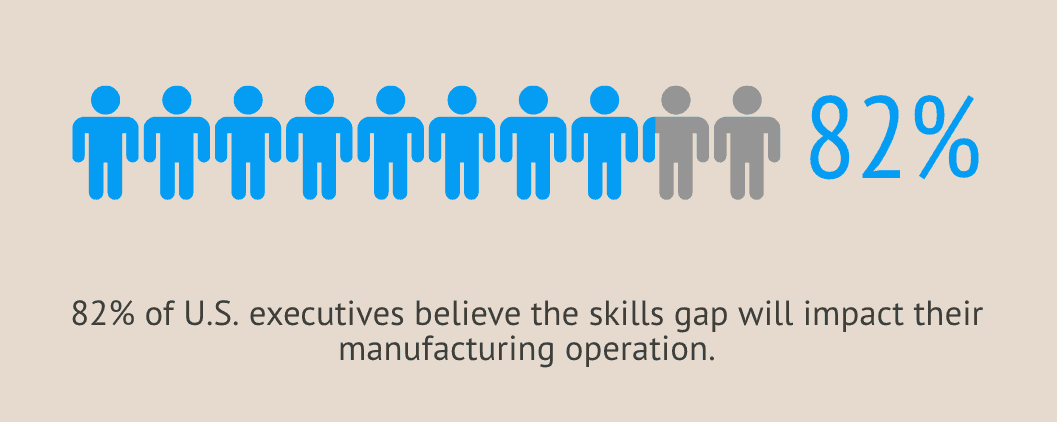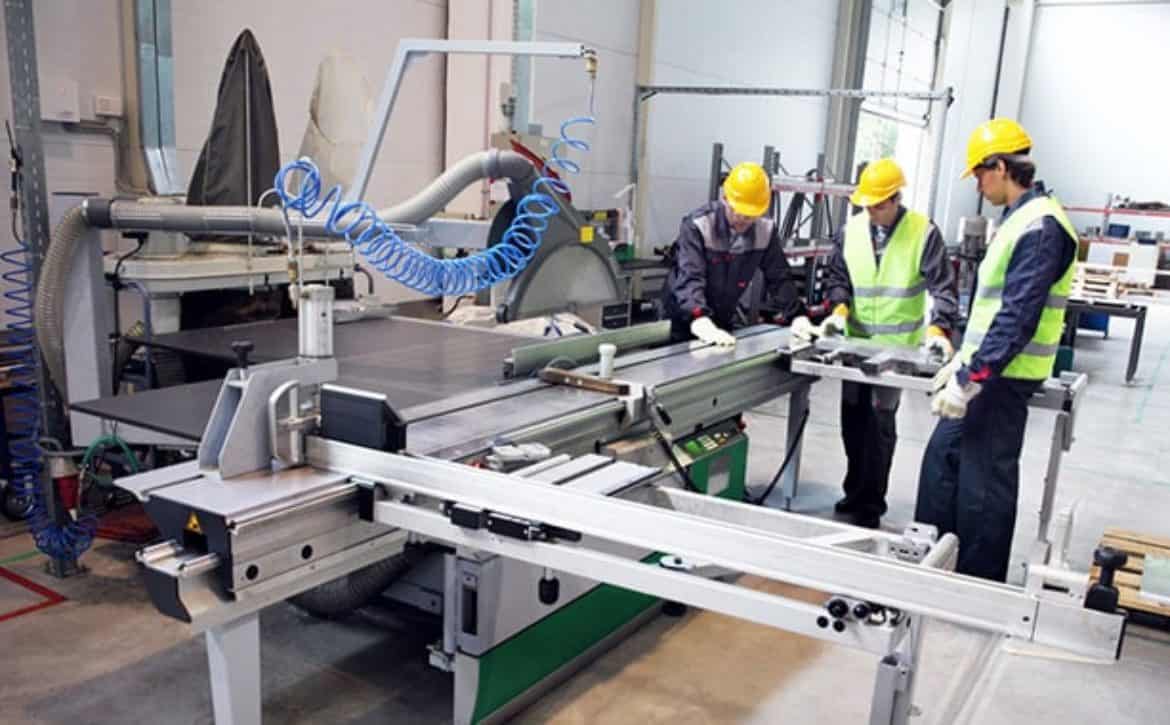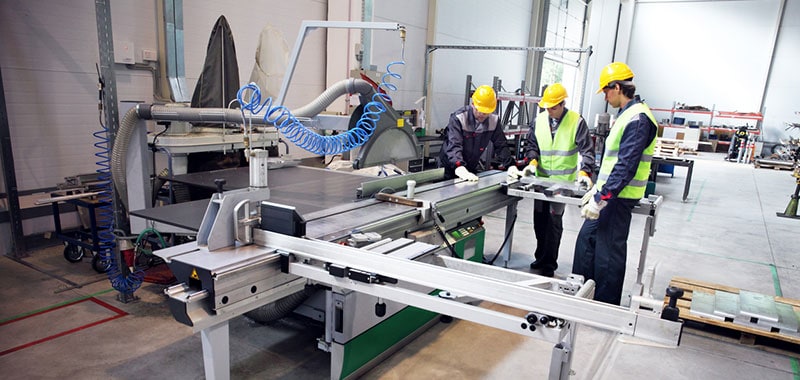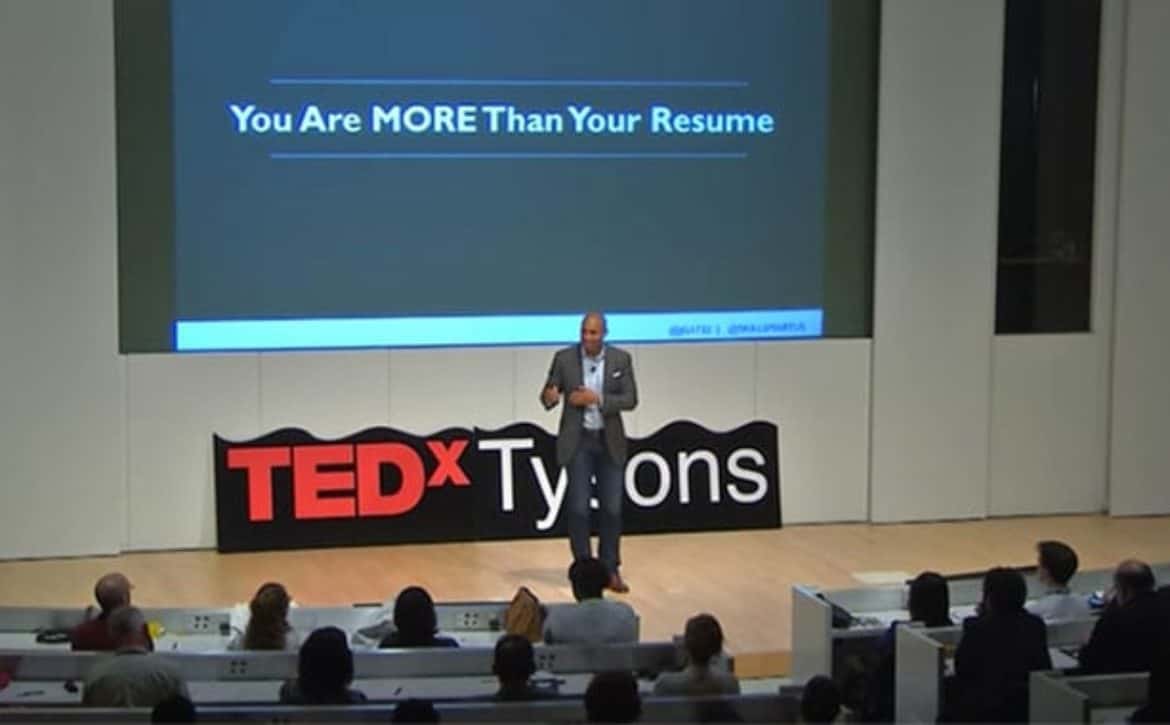Veterans: America’s Skilled Workforce
 Veterans and their spouses have the right skills.
Veterans and their spouses have the right skills.
On this Veteran’s Day, our thoughts turn to those who have served and are serving our nation in the military. There is often talk of sacrifice and service, but most of our population has very little understanding of what our Veterans have done or the commitment they’ve made.
In fact, only about 7% of the total U.S. population, or about 22 million people, have served or are serving in the military. When you consider that nearly two-thirds of these Veterans served prior to the Gulf wars, then it’s not surprising that most people in the workplace have very little opportunity to interact with someone who may have served and have any understanding of how much value a Veteran can bring to their organization.
At SkillSmart, we are honored to be supporting the Anne Arundel Workforce Development Corporation in implementing the Military Corps Career Connect (C3) program to assist transitioning military, military spouses and Veterans in finding employment opportunities in their community.
We know that those serving and supporting our military acquire numerous skills during their duties each day, but don’t know how those skills correlate to civilian jobs. Using our technology, we can help employers better communicate the skills they’re seeking and help Veterans better see how the skills they’ve gained in the military can land them a good job.
We hope that our contribution can help improve the lives of some of those who have chosen to defend ours.
Learn More









 We are excited to see the emergence of a national conversation on the importance of using skills to build the workforce, improve hiring outcomes, and increase opportunities for success. In the past few months we have seen a focus on rebuilding America’s infrastructure, products Made In America, and helping workers rebuild their skills to increase opportunities for success in the workplace.
We are excited to see the emergence of a national conversation on the importance of using skills to build the workforce, improve hiring outcomes, and increase opportunities for success. In the past few months we have seen a focus on rebuilding America’s infrastructure, products Made In America, and helping workers rebuild their skills to increase opportunities for success in the workplace.


 Increasing manufacturing jobs will create significant economic benefits for communities across the U.S. There will be more positions available at good wages, addressing America’s issue with an over-saturation of low paying jobs, as well as addressing unemployment in both rural areas and smaller cities. However, industry experts also tell the story of the challenges ahead before we can reap the benefits of manufacturing growth.
Increasing manufacturing jobs will create significant economic benefits for communities across the U.S. There will be more positions available at good wages, addressing America’s issue with an over-saturation of low paying jobs, as well as addressing unemployment in both rural areas and smaller cities. However, industry experts also tell the story of the challenges ahead before we can reap the benefits of manufacturing growth. According to a report by Deloitte, 82% of US executives believe the upcoming skills gap will impact their implementation of new technologies and increase productivity in their manufacturing operations
According to a report by Deloitte, 82% of US executives believe the upcoming skills gap will impact their implementation of new technologies and increase productivity in their manufacturing operations



